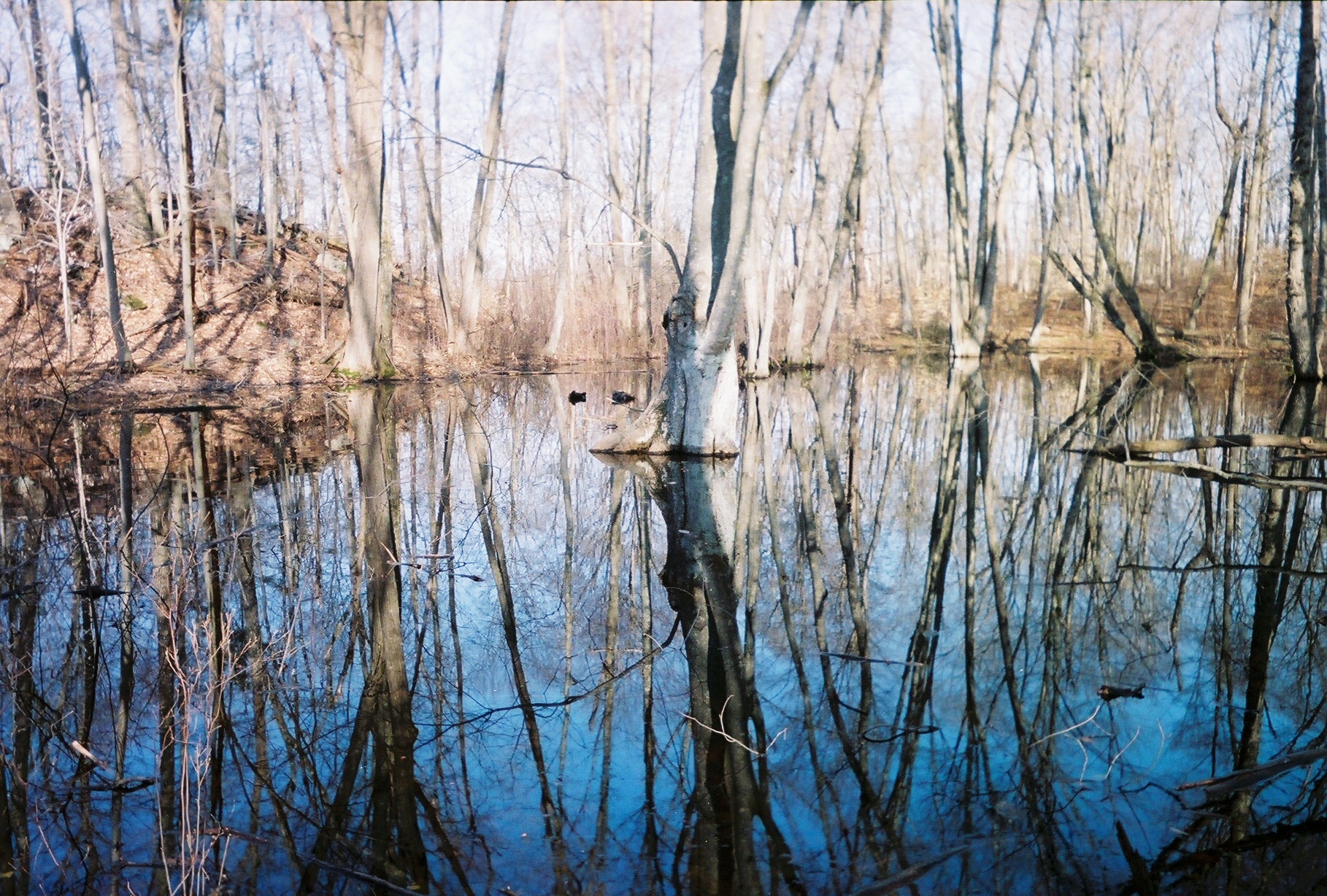A series on the natural resources within the 1,000-acre forest and the creatures that call them home
The Preserve, the last large unprotected coastal forest between New York City and Boston, is nestled within the northern highlands of Old Saybrook, Essex, and Westbrook.

Phil Miller, State Representative of the 36th District, which includes Essex, describes the forest as a “giant, wet, rocky sponge.” A series of north-to-south ridgelines border western, central, and eastern valley areas, where freshwater springs feed streams that supply high-quality water to three separate watersheds.
My own connection to The Preserve dates back to the late 1980s when the Lyons family, then owners of the forest, encouraged me to ride my bike to work by cutting through their property. I took up their offer, and that’s when my love affair started.
I recall one particular defining “nature moment.” While pedaling through a dense stand of blooming mountain laurel, I became enveloped by an indiscernible cacophony of sound. I got off my bike and bushwhacked closer to the source. Suddenly, I found myself at the edge of a cliff, and fifty feet below was a large swamp filled with birds singing in harmony with croaking frogs and peepers. The sound was absolutely raucous and joyful.
I later learned that I had stumbled upon Pequot Swamp, the large, central wetland feature in The Preserve, and had most likely witnessed a spring migration stopover of birds, refueling before they headed up the Connecticut River corridor. Described by Richard Snarski, a certified soil scientist, as “one-of-a-kind in Connecticut,” the 29-acre low-nutrient swamp harbors unique floating mats of shrubs, plants, and sphagnum moss.
The Preserve is home to three large red maple swamps, and in the southeast corner, an Atlantic white cedar swamp, a critical habitat type. The wetlands within the forest comprise a total of 114 acres, and they work to trap, store, and filter stormwater, recharge groundwater aquifers, and prevent flooding in lower-lying areas.
The water resources within and under the 1,000-acre forest are vast and pristine. Let’s all work hard to take advantage of the opportunity to finally preserve this gem provided by the Trust for Public Land’s campaign to raise funds for a conservation purchase of The Preserve.
Check back later this week for another post in this series, focused on the salamanders that call The Preserve home!
Posted by Chris Cryder, Special Projects Manager for Save the Sound, a program of Connecticut Fund for the Environment.
